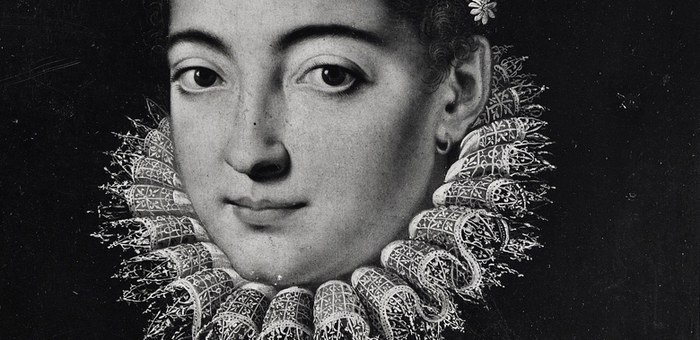The Zeri Photo Archive is comprised of over 290,000 photos of artworks and monuments. Besides its rich Italian painting series, the kernel of the archive, it contains sizable core collections covering Still life, Italian sculpture, Archaeology, the Applied arts, Miniatures.
The history of how the photo archive formed is closely tied to Federico Zeri's professional and intellectual career.
On March 24, 1947, Federico Zeri wrote to Berenson to confess that his photograph library was still "small and ill-organized". It was around the same time that clarity and order were given to the ambitious project that would result in "the world's most complete private photo archives in the art history sector", as the scholar himself called it.
In common with other famous international connoisseurs like Bernard Berenson and Roberto Longhi, Federico Zeri found the photo archive an indispensable tool in studying as well as in philological analyses of artworks. It was also considered extremely important in documenting and recognizing the cultural heritage.
The photographs come from national photo archives (Fototeca Nazionale, Soprintendenze), Italian and foreign museums, private archives and collections, auction houses, restorers. Some were purchased by the scholar or donated to him.
For the most part they are black and white prints on paper: gelatin silver prints, albumen prints, carbon prints, collotypes, photogravures, with a smaller section of color prints and transparencies.
Unlike other scholars' archives, which sprang up as a natural extension of their research, Zeri's photograph collection grew to a more broad-ranging and systematic plan.
Besides its rich Italian painting series (150,000 photographs), the archive contains sizable core collections covering Italian sculpture (17,000), Archaeology (5,300), Architecture (8,800), Drawings (12,700), the Applied arts (18,000 photos), and Miniatures (5,500). Though Zeri was not to pursue these areas in depth, it shows the breadth of his interests and the indefatigable curiosity and passion that drove him.
The series Fakes (2,190 photos) and italian and European Still Lifes (14,400 photos) are of exceptional interest. Broad and exhaustive in coverage, they form a unique benchmark for research.
Cataloguing the latter series produced the first-ever online repertory on Still Life, making it possible to conduct highly detailed iconographic research on individual objects appearing in paintings.
